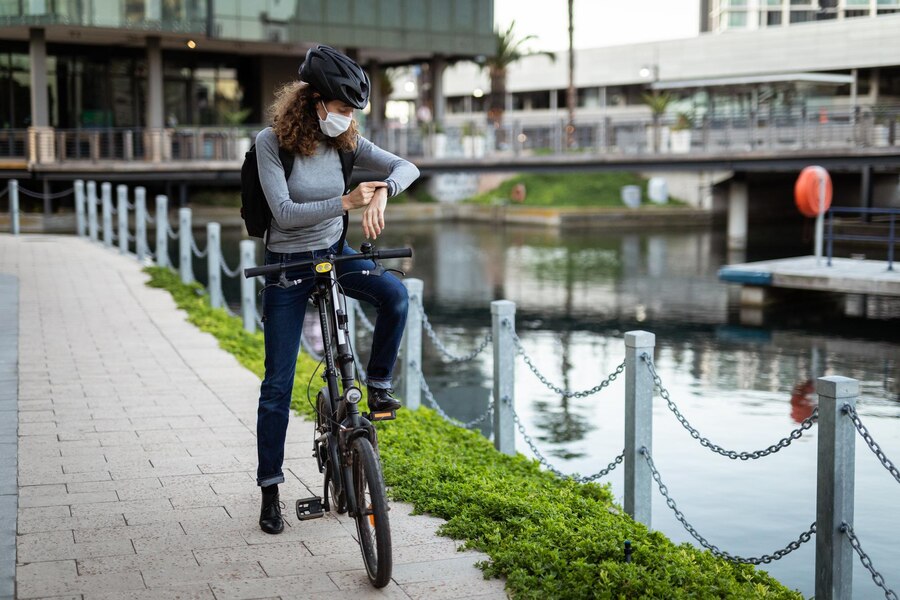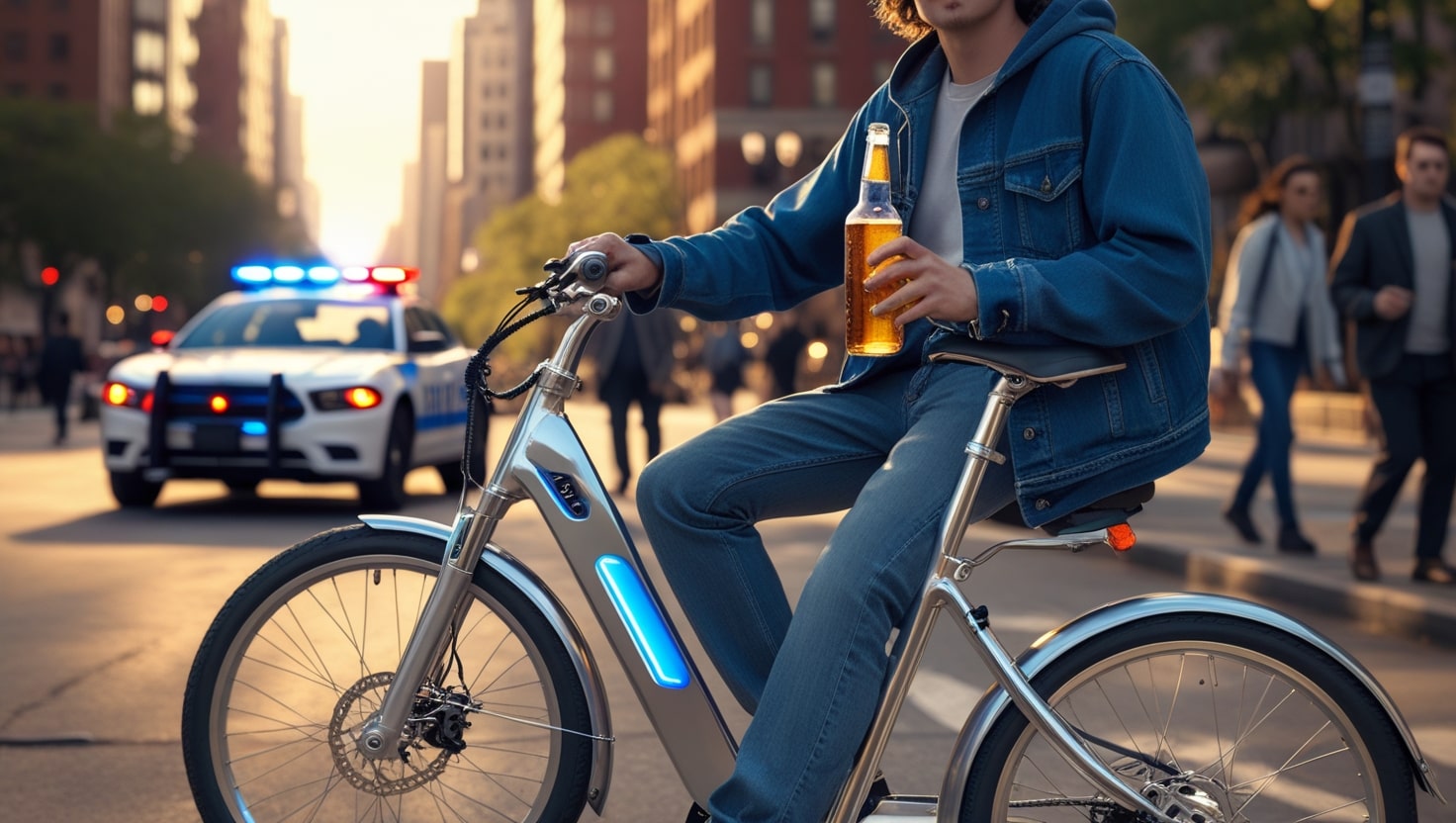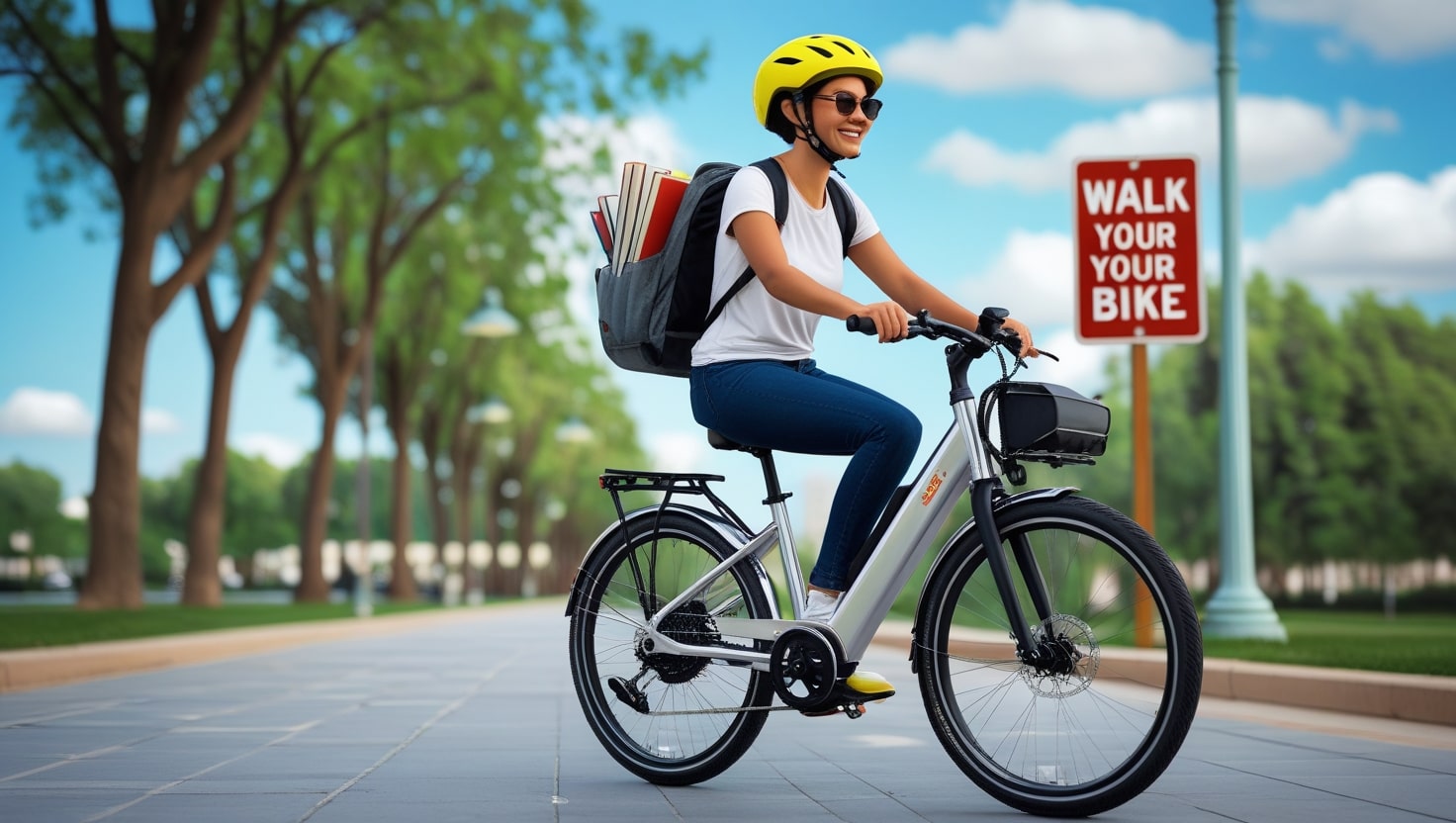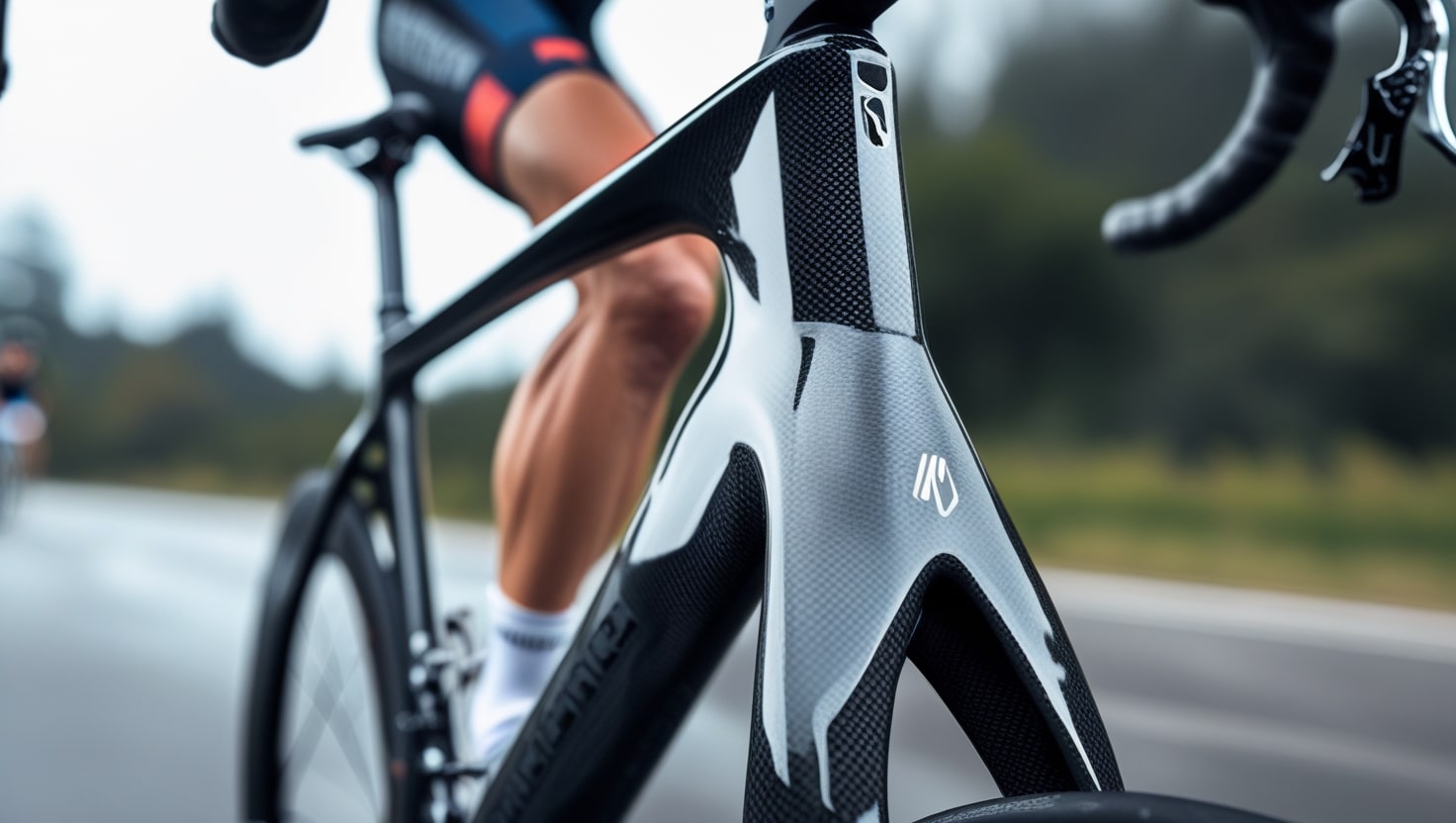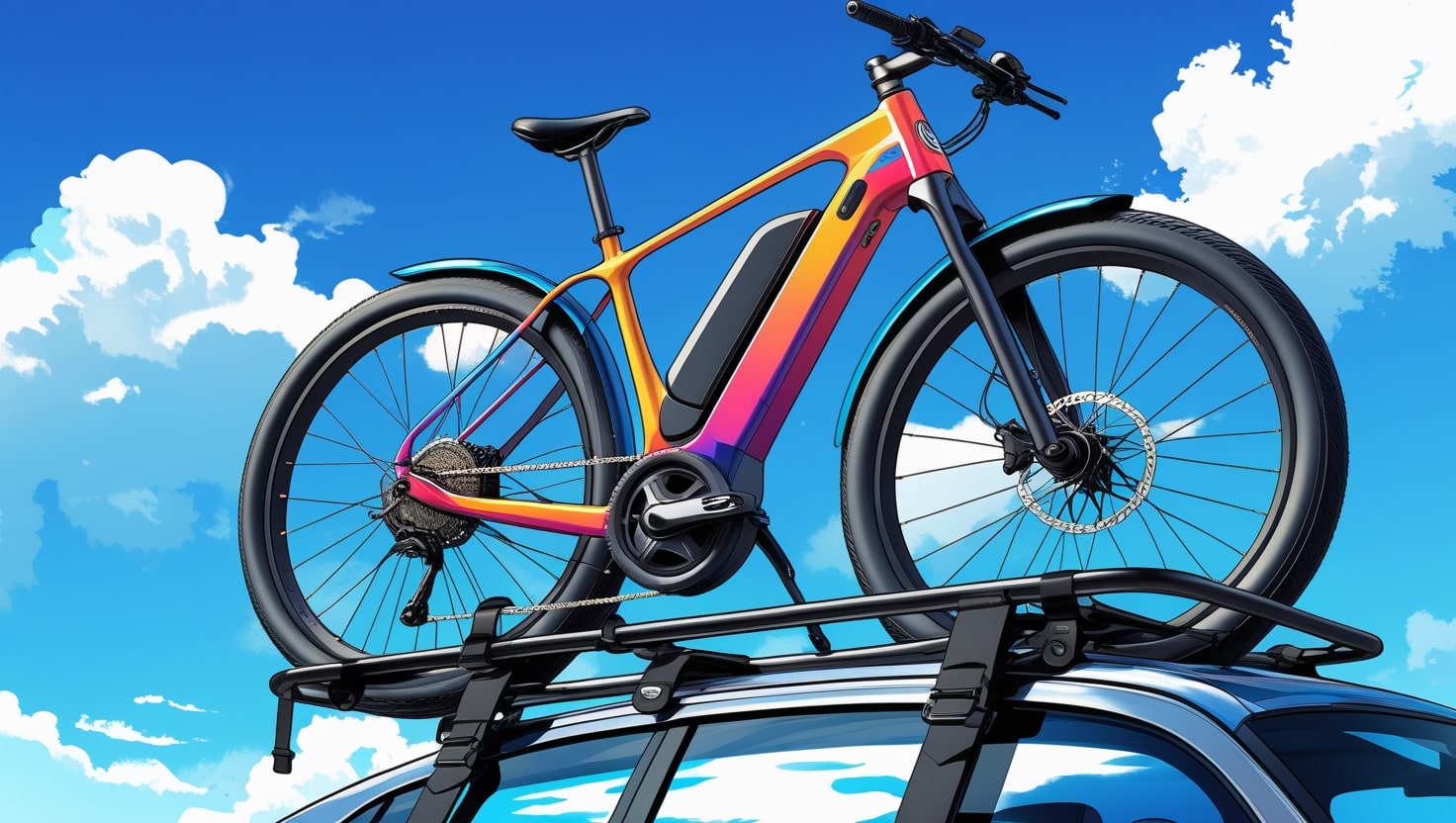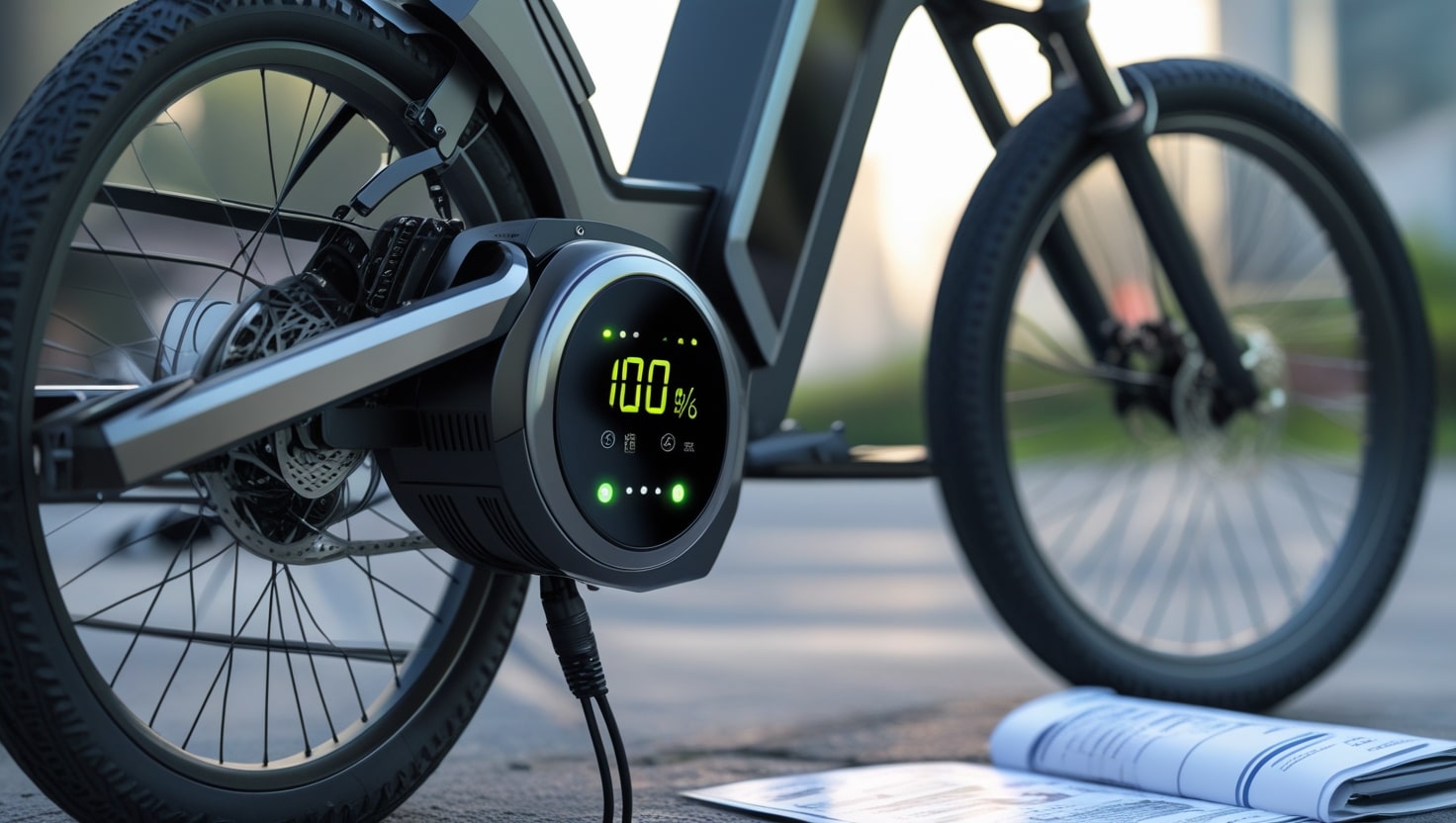Texas is the second largest state in the United States, offering countless opportunities to explore its diversity. Known for the saying, “Everything is bigger in Texas,” the state is home to natural wonders like Big Bend National Park and vibrant cities such as Houston, San Antonio, and Austin. Whether you’re soaking in the beauty of the great outdoors or navigating a bustling city, an electric bicycle is an excellent way to get around. It’s a fun, efficient way to immerse yourself in all that the Lone Star State has to offer.
Before you start cycling through Texas, it’s essential to understand the Texas ebike laws. Like every state, Texas has specific rules about e-bike use, from the age required to ride an electric bike to where you can cycle and whether you need a helmet. These laws are designed to ensure safety while embracing this modern way of transportation. Knowing the Texas ebike laws will help you enjoy the ride responsibly and make the most of your adventure.
Related: Hawaii Ebike Laws Exposed
What’s legally considered an e-bike in Texas?
Under the Texas Transportation Code, a vehicle must meet three specific requirements to qualify as an electric bike.
- An electric motor-powered bicycle must have fully operable pedals, setting it apart from motorized vehicles like scooters, mopeds, or motorcycles.
- The maximum power of the electric motor is capped at 750 watts, with a maximum assisted speed of 28 miles per hour (mph) when the motor is engaged.
- Riders can go faster than 28 mph, but only using human power by pedaling the bike beyond the motor’s top speed.
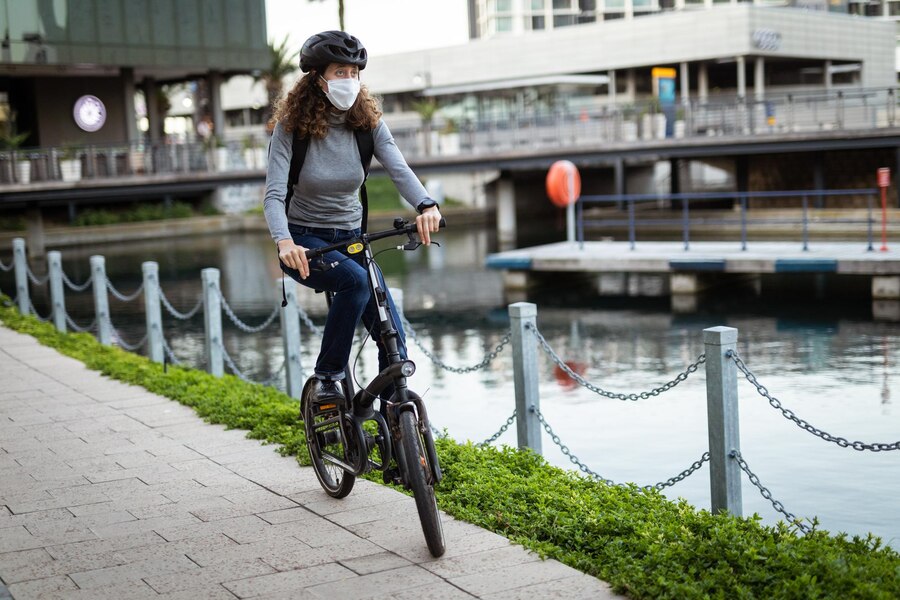
Key Texas e-bike laws explained
In 2023, the state of Texas has clear rules and state laws for using an e-bike. This quick overview highlights the most important points: as of February, these laws define how and where e-bikes can be ridden. While the information provided is accurate, keep in mind that it may change over time.
Where are you allowed to ride e-bikes in Texas?
In Texas, traffic law treats electric bicycles the same as normal bicycles, giving you the freedom to ride your e-bike on roadways, particularly on the right shoulder, as long as you don’t make a left turn. Like motorists, you must follow the rules of the roads, such as obeying traffic signals and lights. You can also enjoy traditional bike paths, bike lanes, and bike trails, unless local authorities enforce specific rules that limit their use.
However, certain protected areas, like state parks and national parks, have unique regulations. For example, the Texas Parks and Wildlife Department (TPWD) prohibits e-bikes on nonmotorized trails, though this could change. It’s a good idea to check the TPWD website for the latest news to ensure you’re up to date with current policies.
Related: Florida Ebike Laws Exposed
How old do you have to be to ride an e-bike in Texas?
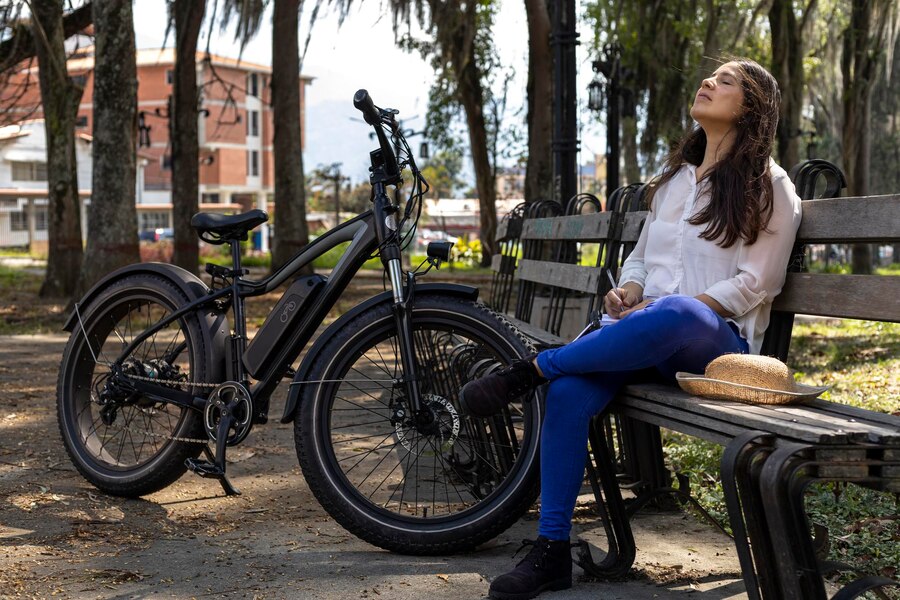
There are no age limits for riding a Class 1 or Class 2 e-bike in Texas, allowing people of all ages to enjoy the experience. However, under Texas electric bike laws, e-bike riders must be at least 15 years of age to operate a Class 3 e-bike. Those under 15 years can still ride as a passenger on a Class 3 e-bike, as long as the bike is designed to accommodate more than one person.
What class of e-bikes are legal in Texas?
Electric bicycles in Texas are categorized into three e-bike classes, each with specific laws governing their use. These classes help riders understand where and how they can legally ride their e-bikes. For instance, while a Class 1 e-bike may be allowed on a bike path, a Class 3 e-bike might not be.
The classification depends on factors like the power of the motor, whether the bike has pedal assist or throttle assist, and its top speed. Texas’ system ensures safe and efficient use of e-bikes across different terrains, unlike states like Pennsylvania, which don’t differentiate between these categories.
- Class 1 e-bikes: These e-bikes have a motor that engages only when you’re pedaling. Often called pedelecs, they can’t go faster than 20 mph and are great for shared paths and trails.
- Class 2 e-bikes: Equipped with both pedal assist and throttle assist, these e-bikes can propel you forward even without pedaling. Their maximum speed is also 20 mph, making them versatile for urban use.
- Class 3 e-bikes: These are speedier than the others, reaching up to 28 mph, but they rely solely on pedal assist with no throttle assist.
Related: Pennsylvania Ebike Laws
Do you need a helmet when riding an e-bike in Texas?
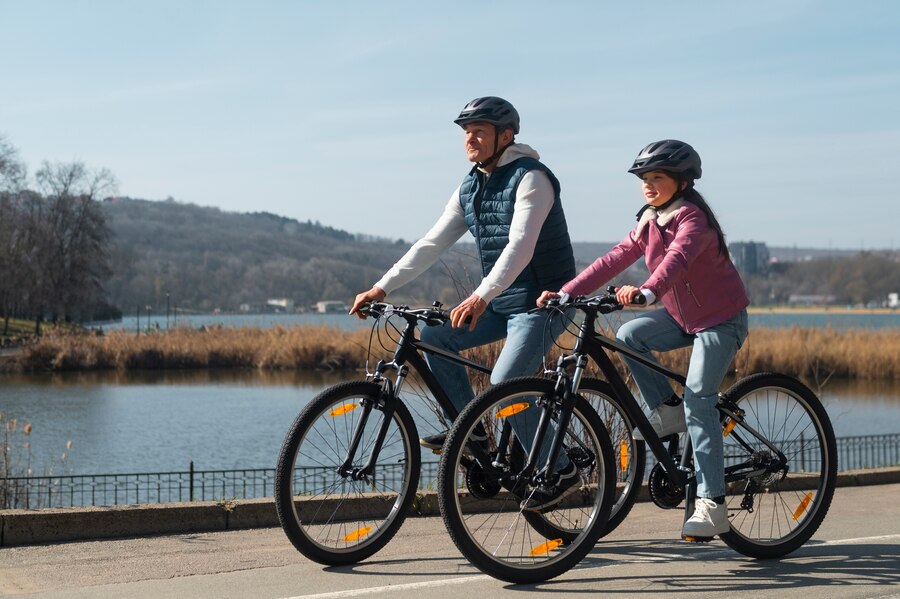
In Texas, there are no statewide helmet laws for e-bike riders. However, certain municipalities, like those governed by the Dallas City Code, require anyone under 18 to wear a helmet. While you may not be obligated by law in many areas, wearing a helmet is a smart choice. Helmets save lives by protecting riders from serious, even life-threatening, brain injuries and head trauma. Make sure to follow state helmet laws where applicable and find a helmet that fits properly for maximum safety.
Is there a speed limit or restriction on motor power for e-bikes in Texas?
Under Texas law, an e-bike motor cannot be more powerful than 750 watts, ensuring safety and consistency across riders. Additionally, an e-bike cannot go faster than 28 mph when the motor is engaged. However, you can still pedal the bike to reach higher speeds, but the motor won’t help beyond that limit, keeping the motorized assistance restricted to the set maximum.
Do you need a license to ride an e-bike in Texas?
In Texas, you don’t need to visit the DMV or worry about getting a driver’s license to ride an e-bike. The state also does not require you to register your e-bike, making it easier and more accessible for everyone to enjoy this eco-friendly mode of transportation.
Related: Utah eBike Laws Exposed
Do you need insurance to ride an e-bike in Texas?
In Texas, unlike car or motorcycle insurance, you don’t need insurance for your e-bike. However, getting e-bike insurance can be a smart investment, as it helps cover costs if your bike gets damaged or stolen. While many states mandate vehicle insurance, this isn’t the case for e-bikes in Texas, but protecting your ride is always a good idea.
Local ordinances for e-bikes in Texas

While Texas has statewide regulations for e-bike use, many local authorities enforce their own laws. For example, in Austin, motor-driven devices, including e-bikes, are currently not allowed on public city trails or across public recreation areas. However, discussions about a pilot program could change these rules, potentially allowing more access for e-bike riders in the future.
What you should know before riding your e-bike in Texas
Before you ride your e-bike in Texas, it’s important to check the latest laws for the areas you plan to visit. If you’re heading to a park, consult the managing authority, such as the TPWD, to understand the rules. For cities, reach out to the local municipality, and for broader questions, the DMV or local police department can be valuable resources. Knowing where you’re allowed to ride will ensure a smooth experience.
Once you’re prepared with the rules, it’s time to gear up. Equip your bike with essential safety accessories, like rearview mirrors, and invest in protective gear such as a helmet and a reflective vest. After handling these practicalities, enjoy the fun of planning your bike ride. Some popular electric mountain bike (eMTB) trails include Pace Bend Park, Emma Long Motocross Park, and Reimers Ranch—perfect spots to explore on your e-bike.
Related: Breaking Down Alabama Ebike Laws
TEXAS EBIKE LAWS FOR TRAILS
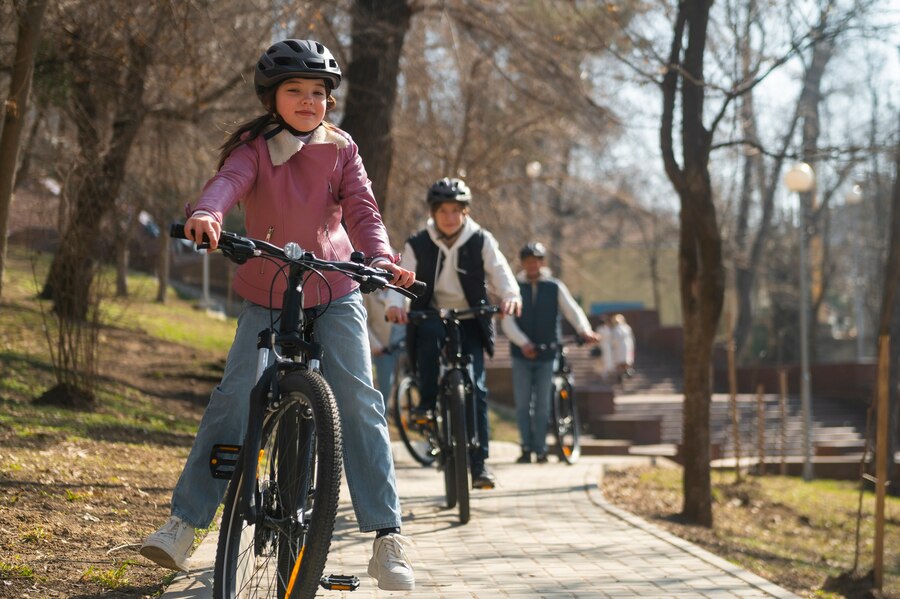
LOCAL: Always check with your local land management agency for specific regulations about e-bike access.
STATE: The Texas Parks and Wildlife Department is reviewing potential regulations for e-bike access on nonmotorized trails. Currently, e-bikes are not allowed on these trails, but this policy could change. Riders are encouraged to contact the department for the most up-to-date information on trail rules. Organizations like PeopleForBikes are monitoring these policies and sharing updates as they become available.
FEDERAL: On federal lands, eMTBs are classified as motorized vehicles and are permitted on motorized trails. For detailed guidelines, contact the US Forest Service Southern Regional Office or Big Bend National Park to learn about specific trail rules and access points.
eMTB GUIDELINES
Access to e-mountain bikes (eMTBs) varies across federal, state, county, and local trails.
general, any natural surface trail that allows motorized and non-motorized use is open to eMTBs.
- Avoid riding eMTBs on trails designated for non-motorized activities unless explicitly allowed.
- Always follow local rules and ride legally on authorized trails to demonstrate that mountain bikers are responsible trail users.
If you are unsure, check with your local land manager for clarification on access to specific trails, as local land laws change frequently.
Related: Illinois Ebike Laws
GREAT eMTB RIDES IN TEXAS
- Emma Long Motocross Park in Austin offers a thrilling 5.7-mile trail, perfect for adventurous riders.
- Explore Pace Bend Park in Spicewood, where a scenic 12.2-mile route awaits, showcasing Texas’ natural beauty.
- Head to Reimer’s Ranch in Round Mountain for a 13.6-mile trail ideal for both beginners and experienced riders.
- For a longer ride, try the San Gabriel River Goodwater Loop in Georgetown, featuring a 25.8-mile loop that combines challenge and stunning views.
Electric Ride (E-Ride) Rebate from Austin Energy
Austin Energy offers qualifying rebates for e-bikes, scooters, mopeds, and motorcycles purchased on or after January 1, 2023. The rebate amounts depend on the type of electric vehicle purchased, with up to $600 available for individual ebikes and up to $800 as a rebate incentive for fleet investments per bike. For those living within the Austin city limits, you can find complete details and criteria on their website to get the most out of this program.
Get Out and Ride
E-bikes are leading a shift towards more accessible and sustainable outdoor recreation in Texas. With an understanding of Texas electric bike laws, you can confidently explore the vast and varied landscapes the state has to offer. The key to fully enjoying your e-bike is riding responsibly and staying in accordance with the law, ensuring both safety and fun on every ride.
Related: Montana Ebike Laws
FAQs
Can I ride my e-bike on sidewalks?
In Texas, whether you can ride your e-bike on sidewalks depends on your city or county. It’s always a good idea to check local ordinances beforehand to prevent any hassle or unexpected issues with a ticket book.
What happens if I modify my ebike to go faster than the law allows?
Modifying your e-bike to exceed the legal speed limits can reclassify it as a motor vehicle, which means it will be subjecting you to additional regulations.
Are ebikes allowed in Texas state parks?
E-bike access in state parks can vary depending on local rules and trail designations. It’s always a good idea to reach out to the specific park for guidance on where e-bikes are permitted. Checking with the park authorities is recommended to ensure you’re riding in approved areas and following the rules.
Can I get a DUI on an ebike in Texas?
Yes, DUI laws do apply to all vehicles, including e-bikes, when operating on public roads in Texas. It’s important to stay sober while riding, so you might want to save that six pack for later to ensure you’re following the law and staying safe.
What should I do if my local trail doesn’t allow ebikes?
If your local trail doesn’t allow e-bikes, it’s a good idea to engage with local land managers or reach out to advocacy groups. These organizations can help you understand the rules and may even assist in efforts to influence policy changes to improve e-bike access.
Is it illegal to ride an electric bike on a bike trail in Texas?
In Texas, e-bikes are currently prohibited on non-motorized trails, but this may change soon. Unless a trail is officially marked as off-limits, the proposed legislation aims to permit electric bikes on more trails.
Is it legal to ride a Class 3 e-bike in Texas?
Class 3 e-bikes are not considered street legal in Texas. Riders cannot ride these bikes on sidewalks, bike lanes, or use them on public transportation.

